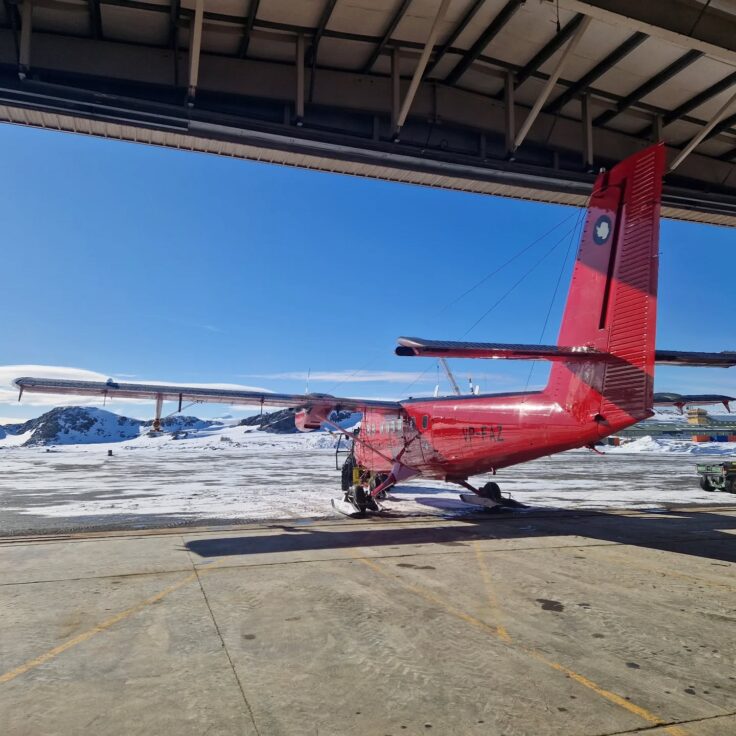Cloud scientists take to the skies to solve climate uncertainty
A project looking at how clouds affect climate change in Antarctica starts its second year of field research this month. The Southern Ocean Clouds (SOC) project, which is part of the CloudSense programme, will carry out research on the RRS Sir David Attenborough and at Rothera Research Station in Antarctica. This ambitious project seeks to address a significant gap in climate science by investigating mixed-phase clouds—clouds composed of both water droplets and ice crystals—that dominate the high latitudes of the Southern Ocean and are often badly represented in climate models.
The Southern Ocean is a critical component of Earth’s climate system, yet climate models consistently struggle to accurately represent its surface radiation and sea-surface temperature. These inaccuracies propagate into global climate predictions, undermining efforts to forecast and prepare for future changes.
Evidence suggests these uncertainties start with the incomplete understanding of mixed-phase clouds over the region. The SOC project aims to change that by providing new insights into how these clouds to form, the impact they have on conditions in the Southern Ocean, and how these conditions might affect, and be affected by future warming scenarios.

The SOC project combines cutting-edge research methods across multiple platforms. On land, scientists are conducting long-term ground-based observations at Rothera Research Station. Meanwhile, aboard the RRS Sir David Attenborough, researchers are undertaking a comprehensive science cruise to collect data on aerosols—tiny particles suspended in the atmosphere—and their role in cloud formation.
“We’re particularly interested in the aerosol particles that act as ice-nucleating or cloud condensation nuclei,” explains the SOC project lead, Dr Tom Lachlan Cope, from the British Antarctic Survey (BAS). “These particles are essential for cloud formation; and their composition, size, and sources can significantly impact cloud properties and behaviour.”
The research team will primarily measure the characteristics (size, concentration and composition) of aerosol in the air in Antarctica, and will also analyse potential sources of aerosol, including precipitation, surface snow, and seawater, employing advanced techniques to determine their chemical composition and origins. Experiments, such as bubble chambers, will explore how particles are transported from the ocean into the atmosphere, shedding light on previously unmeasured processes.

Complementing these efforts, the SOC project will also deploy the BAS Twin Otter aircraft for an airborne campaign. Equipped with sophisticated instruments, the aircraft will gather atmospheric data from altitudes and areas inaccessible to ground or ship-based instruments, providing a three-dimensional perspective of cloud and aerosol interactions.
In a novel addition to the study, scientists will collect samples of Antarctic soil, mosses, and lichens to assess their potential to act as ice-nucleating agents. Understanding the role of terrestrial and marine biosphere contributions in cloud formation could provide critical insights into the interconnectedness of the Earth’s systems.
The data collected during the SOC project is expected to aid our understanding of the Southern Ocean’s cloud microphysics, reducing uncertainties in climate models and improving global climate predictions. By bridging the gap between observed and simulated processes, the project offers a pathway to more reliable climate projections.